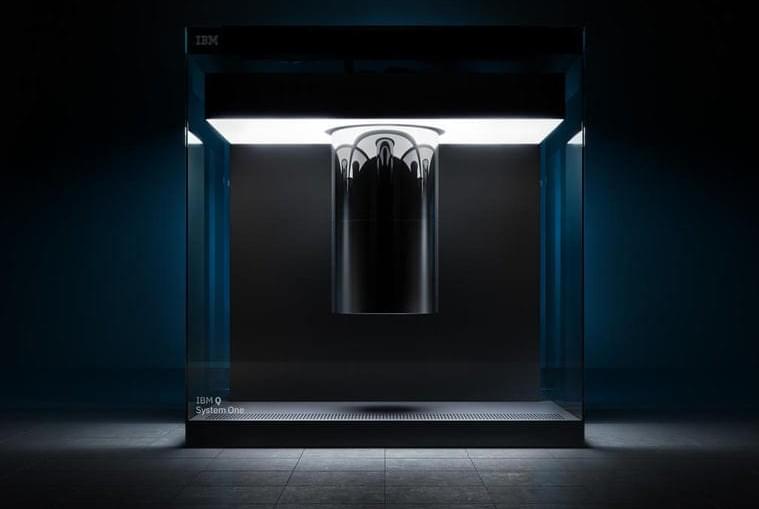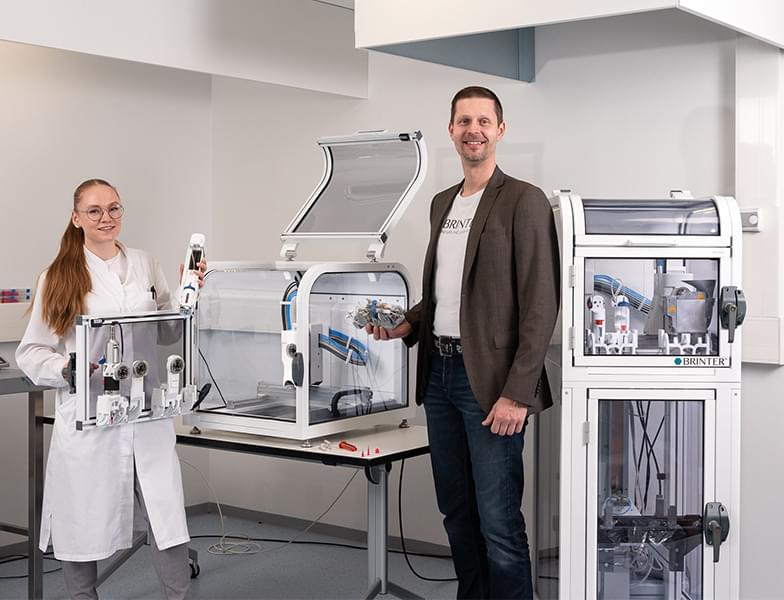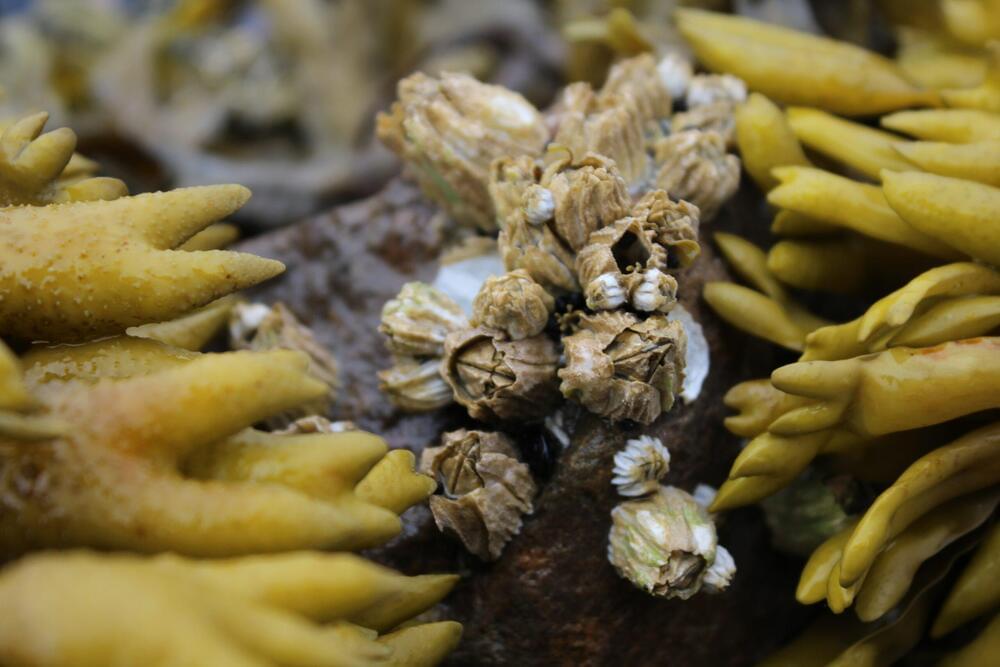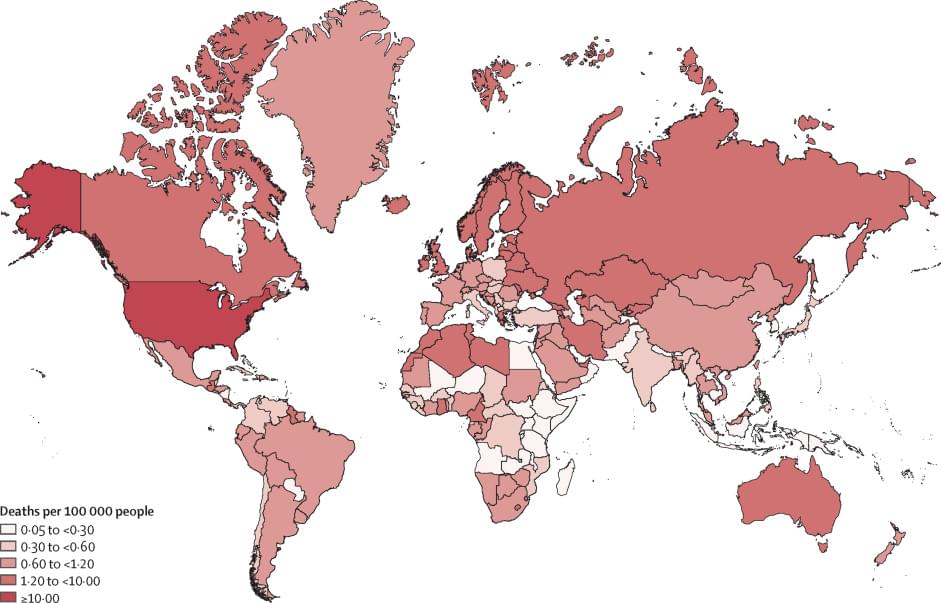‘’A research team with Denmark’s University of Copenhagen has designed the world’s first quantum computing system that allows for simultaneous operation of all its qubits without threatening quantum coherence.’’
A team of researchers from Denmark have achieved a breakthrough in quantum computing by designing a system that allows for all qubits to be manipulated and observed — at the same time — without compromising the system’s quantum coherence.








